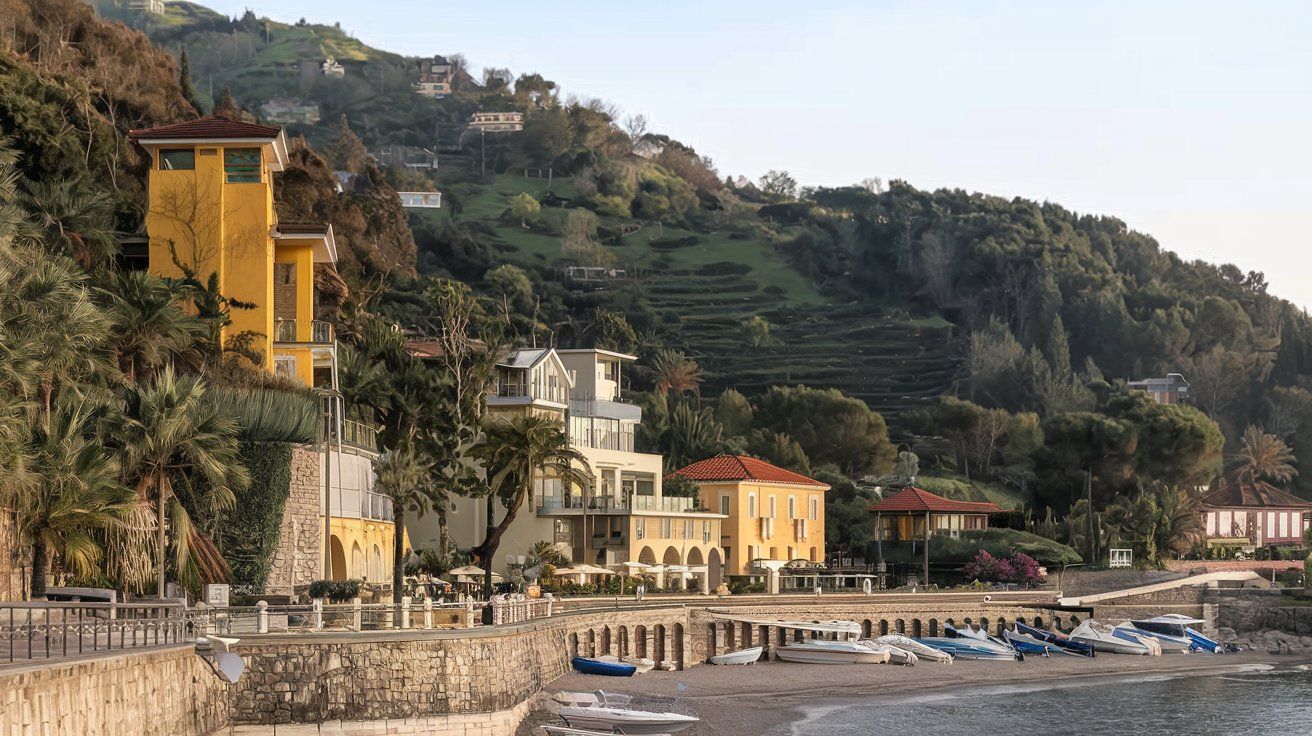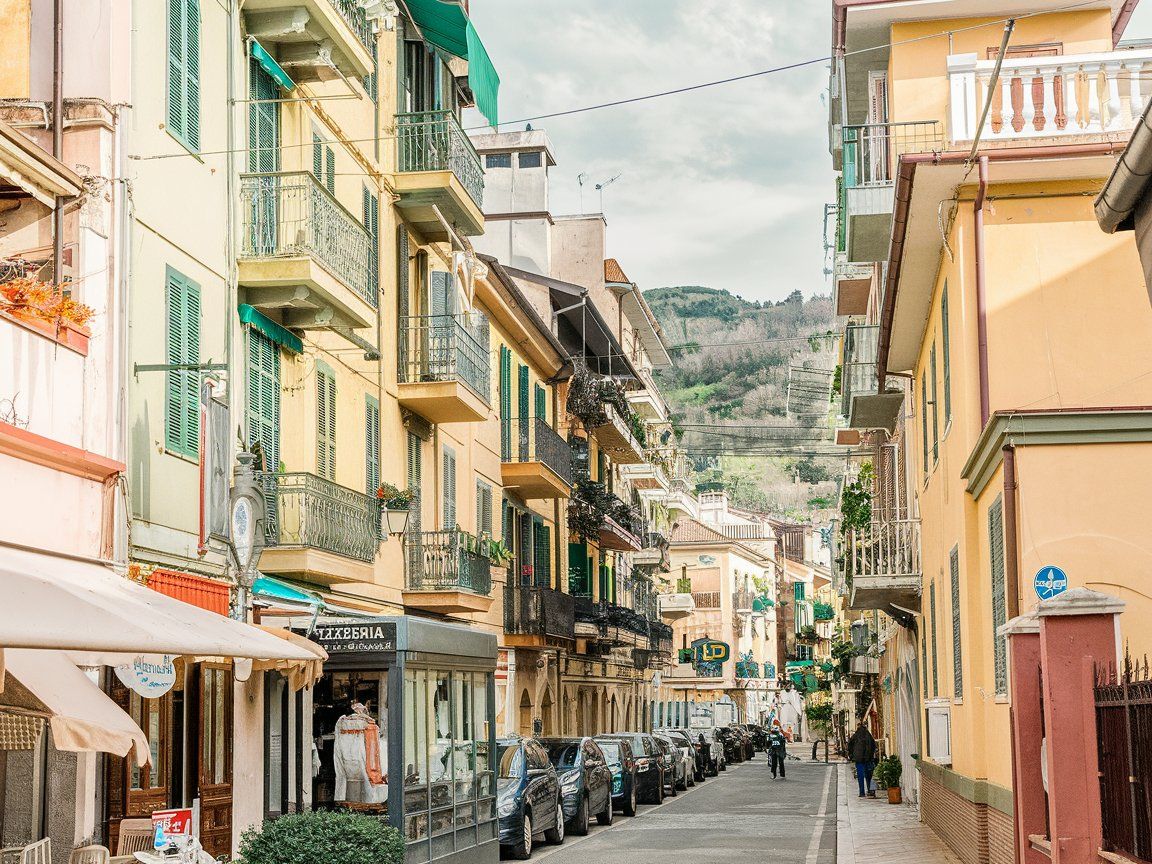Tourism taxes are becoming an integral part of the global travel experience, and Italy’s beloved destinations are no exception.
From Venice’s efforts to manage its overwhelming influx of day-trippers to Rome’s modest nightly charges, these taxes are reshaping the way travelers plan their journeys.
Get a discount of 15% to 70% on accommodation in Levanto! Look for deals here:
Levanto Hotels, Apartments, B&Bs
This blog post explores how tourist taxes are being used worldwide, their impact on the tourism sector, and how they contribute to the preservation of our most cherished destinations, with a special focus on Levanto, Italy—an increasingly popular yet tranquil spot along the Ligurian coastline.
Tourist Taxes: A Global Perspective
As tourism surges worldwide, many countries have introduced tourist taxes to manage growing visitor numbers and fund infrastructure improvements.
These levies are typically modest in cost, but their implications are significant for sustainable tourism.
For instance, Italy’s capital, Rome, charges €1-5 per night depending on the type and location of accommodations, ensuring that funds flow back into maintaining its world-famous landmarks and services.
Preserving Popular Destinations
Elsewhere in Italy, the iconic city of Venice has taken additional steps to manage sustainability by imposing a €5 entry fee for day visitors.
This measure aims to protect the city’s unique cultural and architectural heritage, which, over the years, has struggled under the weight of over-tourism.
Across the globe, other countries are putting their own systems in place.
In Japan, travelers departing the country pay a 1,000 yen “Sayonara Tax,” which supports infrastructure enhancements and tourism development.
Similarly, Bali introduced a $10 cultural preservation fee in February 2024, and Bhutan continues to lead the high-value, low-impact tourism model with its $100-per-day levy.
The Role of Tourist Taxes in a Sustainable Future
While some travelers may view the additional expense as a nuisance, these fees play a vital role in preserving destinations for future generations.
Tourist taxes often go towards the conservation of natural landscapes, the upkeep of historical sites, or improvements to infrastructure that benefit both locals and visitors.
For example, Spain’s Balearic Islands direct part of their €0.60-3.50 per night charge towards environmental conservation.
Meanwhile, France’s taxe de séjour supports everything from municipal services to tourism infrastructure in one of the most-visited countries in the world.
Changing How We Travel
The rise of these taxes has begun to influence travelers’ decision-making processes.
Budget-conscious tourists are factoring them into their travel costs, which may lead to a shift in travel patterns toward less crowded destinations.
At the same time, the focus on sustainability is encouraging tourists to make more responsible choices, from staying in eco-conscious accommodations to exploring alternative destinations.
The Rising Popularity of Levanto, Italy
One such alternative destination gaining attention is Levanto, a charming town on the Ligurian coastline just a stone’s throw from the famed Cinque Terre.
While many Italian hotspots have implemented tourist taxes to manage heavy foot traffic, Levanto offers a refreshing balance between tourism and sustainability.
For those looking for an authentic Italian escape, it’s a destination where responsible travel practices mesh seamlessly with natural beauty and cultural heritage.
Why Visit Levanto?
Levanto stands out for its tranquil ambiance, vibrant local culture, and stunning hiking trails linking it to the Cinque Terre villages.
Unlike its more crowded neighbors, Levanto provides a more laid-back experience, perfect for travelers aiming to immerse themselves in the region’s coastal charm without the chaos of overcrowding.
For first-time visitors wondering about things to do in Levanto, highlights include its pristine beaches, breathtaking coastal walks, and historic architecture.
Planning Your Stay: Hotels and Travel Tips
Choosing where to stay in Levanto is a delightful task, as the town boasts a variety of accommodations ranging from budget-friendly guesthouses to boutique hotels.
Many Levanto hotels feature traditional Italian aesthetics and modern amenities, offering superb relaxation after a day of exploring.
Additionally, getting to Levanto is straightforward, with train connections available from major cities like Florence, Genoa, and Milan.
The town is also easily accessible by car, although its walkable center makes it ideal for travelers seeking a car-free holiday.
Levanto: A Sustainable and Memorable Destination
Like other destinations adopting sustainable tourism models, Levanto is doing its part to balance visitor appeal with preservation.
While it’s only a short distance from Cinque Terre, Levanto offers a quieter, more sustainable alternative for travelers prioritizing environmental and cultural sustainability during their Italian adventures.
Whether visiting for its scenic beauty or its commitment to responsible tourism, this coastal gem ensures your trip will be as enriching for the soul as it is gentle on the planet.
Here is the source article for this story: Spain, Italy, France, Japan, Indonesia, Austria, Thailand, New Zealand, Malaysia, and Bhutan have these tourist tax you did not know about – Travel And Tour World
Get a discount of 15% to 70% on accommodation in Levanto! Look for deals here:
Levanto Hotels, Apartments, B&Bs




